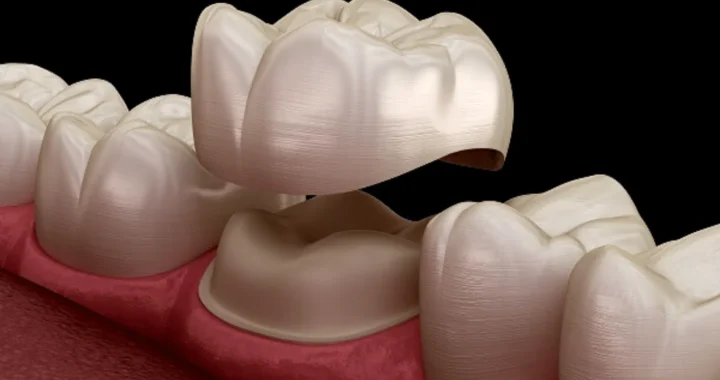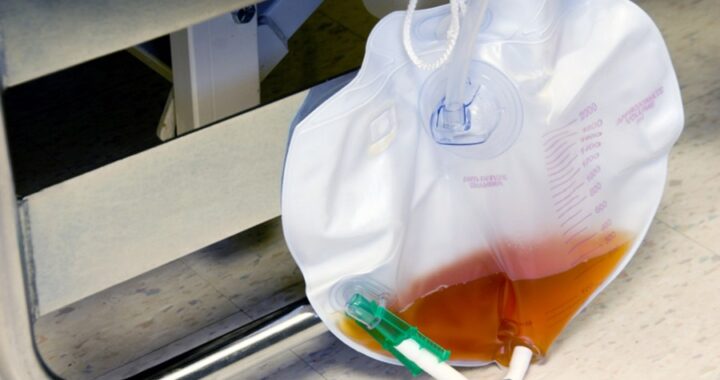What is a Foley Catheter Used For?

A Foley catheter, also known as an indwelling catheter or a urinary catheter, is a medical device that is inserted into the bladder through the urethra to drain urine. It is made up of a flexible tube with an inflatable balloon at one end and drainage holes along its length. In this section, we will discuss the various uses of a Foley catheter.
Why is a Foley Catheter Needed?
Foley catheters are primarily used in patients who are unable to urinate on their own or have difficulty emptying their bladder completely. This can occur due to a variety of reasons, including surgery, injury, or certain medical conditions such as urinary retention or neurological disorders. A doctor can help you choose the right catheters in Roswell which could be suitable for your condition.
Post-Surgery
After undergoing a surgical procedure, some patients may experience temporary bladder dysfunction. This can be due to the effects of anesthesia, pain medication, or muscle weakness from the surgery. In such cases, a Foley catheter is used to drain urine from the bladder until the patient’s bladder function returns to normal.
Injury
Injuries to the spinal cord or nerves that control bladder function can lead to difficulty in urination. A Foley catheter can help by continuously draining urine and preventing bladder overdistension, which can cause further damage to the urinary system.
Medical Conditions
Certain medical conditions, such as urinary retention or neurological disorders like multiple sclerosis, can also affect bladder function and make it difficult for a person to empty their bladder completely. A Foley catheter can help in these cases by ensuring that the bladder is emptied regularly and preventing urine from backing up into the kidneys and causing potential urinary tract infections.
How is a Foley Catheter Inserted?
The procedure for inserting a Foley catheter involves first cleaning the genital area with an antiseptic solution to reduce the risk of infection. The catheter is then lubricated and gently inserted through the urethra until it reaches the bladder. Once in place, the balloon at the end of the catheter is inflated with sterile water to secure it in the bladder, and the excess length of the catheter is coiled and taped to the patient’s thigh.
When is a Foley Catheter Removed?
A Foley catheter is typically removed once the patient’s bladder function has returned to normal, usually within 1-3 days after surgery, injury, or when their medical condition improves. In some cases, a Foley catheter may need to be used for longer periods, such as in patients with chronic urinary retention or those bedridden due to a medical condition.
Conclusion
Foley catheters are an important medical device that can help manage bladder dysfunction and prevent potential complications. For proper care and comfort, you can read this blog on how to lubricate your catheter so you can learn how to take care of it. If you are experiencing difficulty in urination, have recently undergone surgery injury, or have a medical condition affecting bladder function, talk to your doctor about the potential use of a Foley catheter to improve your urinary health.


 Flavors of Fun: Hosting a Delta 9 Gummy Tasting Party
Flavors of Fun: Hosting a Delta 9 Gummy Tasting Party  How To Report UTPs On Your Financial Statements
How To Report UTPs On Your Financial Statements  The Importance of Annual Health Check-ups for Men
The Importance of Annual Health Check-ups for Men  Perks of Omega 3 Supplements for Fluid Retention
Perks of Omega 3 Supplements for Fluid Retention  Innovations in Health Screenings: Exploring the Latest Technologies in Clinic Services
Innovations in Health Screenings: Exploring the Latest Technologies in Clinic Services  Dental Crowns –Restoring Strength, Function, And Aesthetics.
Dental Crowns –Restoring Strength, Function, And Aesthetics.  What is a Foley Catheter Used For?
What is a Foley Catheter Used For?